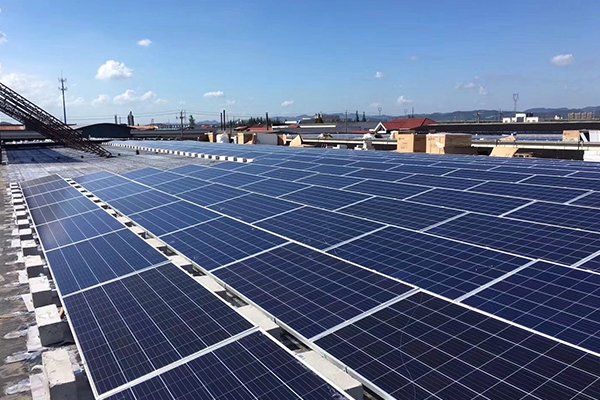In an era where sustainable energy solutions are becoming increasingly crucial, installing solar panels on flat roofs has emerged as a popular and practical choice for many homeowners and businesses. Flat roofs offer several advantages for solar panel installation, making them an attractive option for those looking to harness the power of the sun.
One of the primary benefits of flat roof installations is the ease of access and installation. Unlike sloped roofs, flat roofs provide a stable and level surface, which simplifies the mounting process. This stability ensures that the solar panels can be securely fastened, reducing the risk of damage due to wind or other environmental factors. Additionally, the horizontal orientation of flat roofs allows for greater flexibility in panel placement, enabling installers to optimize the panels’ exposure to sunlight throughout the day.
Before beginning the installation process, several key steps need to be taken. First, it’s essential to assess the structural integrity of the roof to ensure it can support the weight of the solar panels and the mounting system. This may involve consulting with a structural engineer or a professional roofer. Next, a detailed solar assessment should be conducted to determine the optimal location and orientation of the panels for maximum energy production. This assessment takes into account factors such as the roof’s location, shading from nearby buildings or trees, and the local climate.
Once the necessary preparations are complete, the actual installation can begin. The process typically starts with the installation of the mounting system, which consists of brackets and rails that securely attach the solar panels to the roof. The mounting system is designed to withstand various weather conditions, including strong winds and heavy snow. After the mounting system is in place, the solar panels are carefully lifted onto the roof and attached to the brackets. Each panel is then connected to the others using electrical cables, forming a solar array.
It’s important to note that proper installation is crucial for the performance and longevity of the solar panel system. This includes ensuring that the panels are correctly aligned and angled to maximize sunlight absorption, as well as making sure all electrical connections are secure and compliant with local electrical codes. Regular maintenance is also essential to keep the system operating at its best. This may involve cleaning the panels periodically to remove dirt, debris, and snow, as well as checking the electrical components for any signs of wear or damage.
In conclusion, installing solar panels on flat roofs is a viable and rewarding way to generate clean, renewable energy. By following the proper installation procedures and performing regular maintenance, you can enjoy the benefits of solar power for years to come, while also reducing your carbon footprint and contributing to a more sustainable future.

